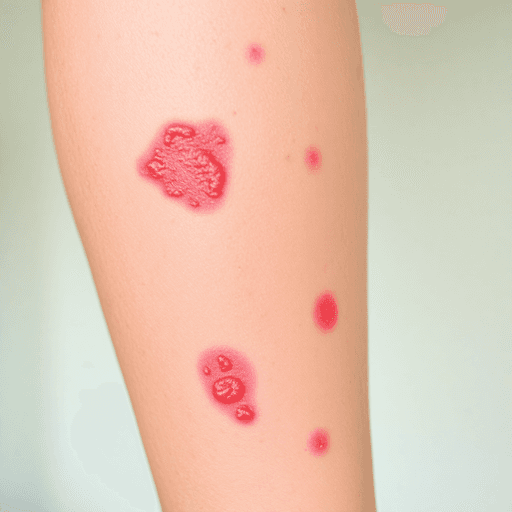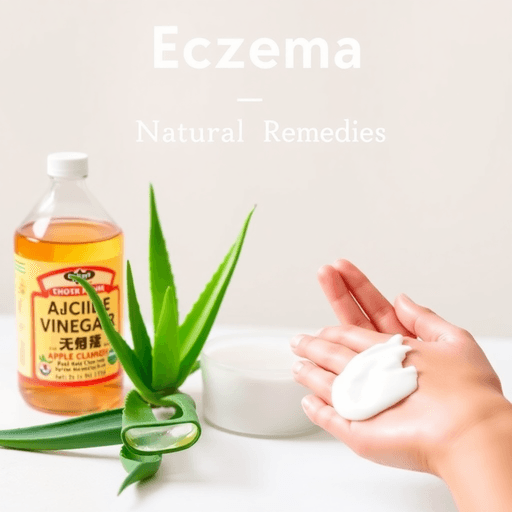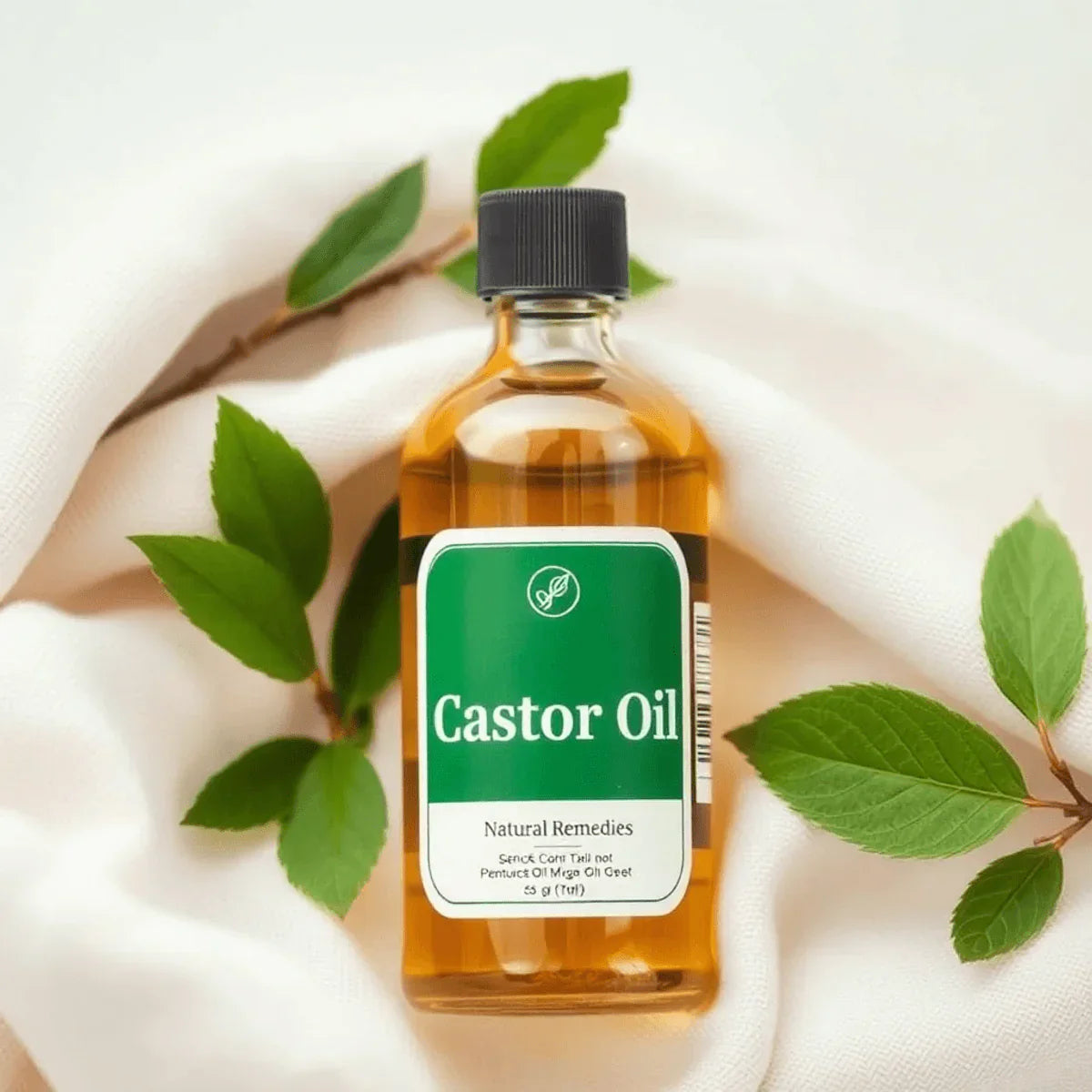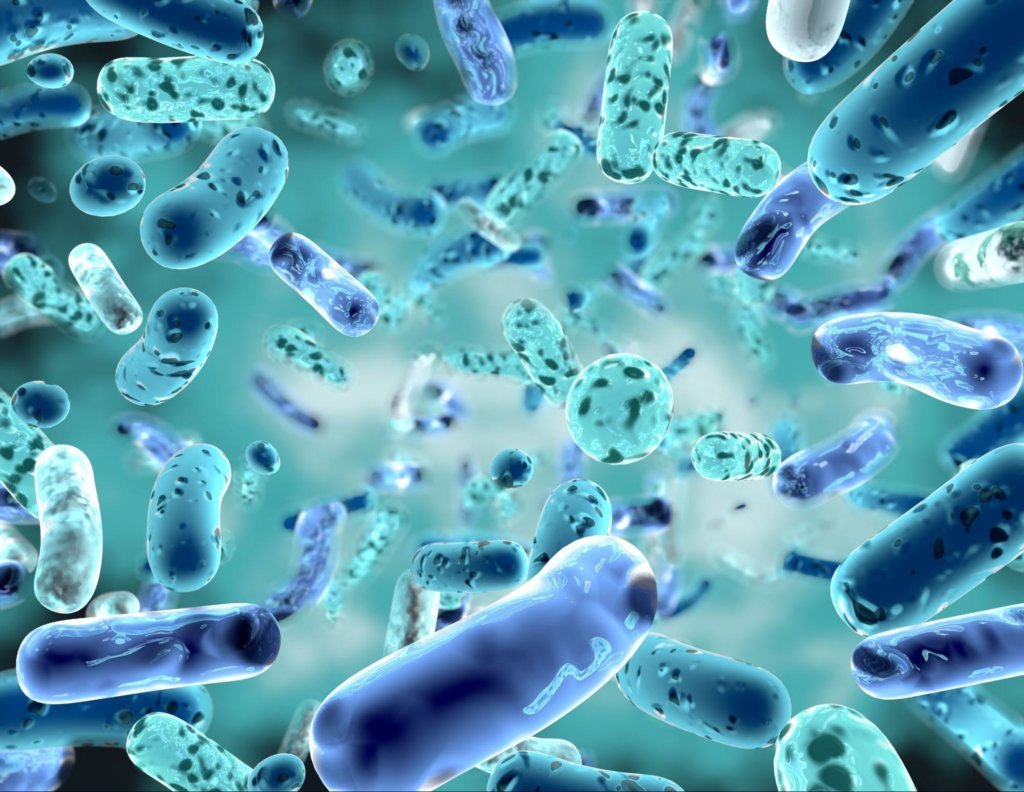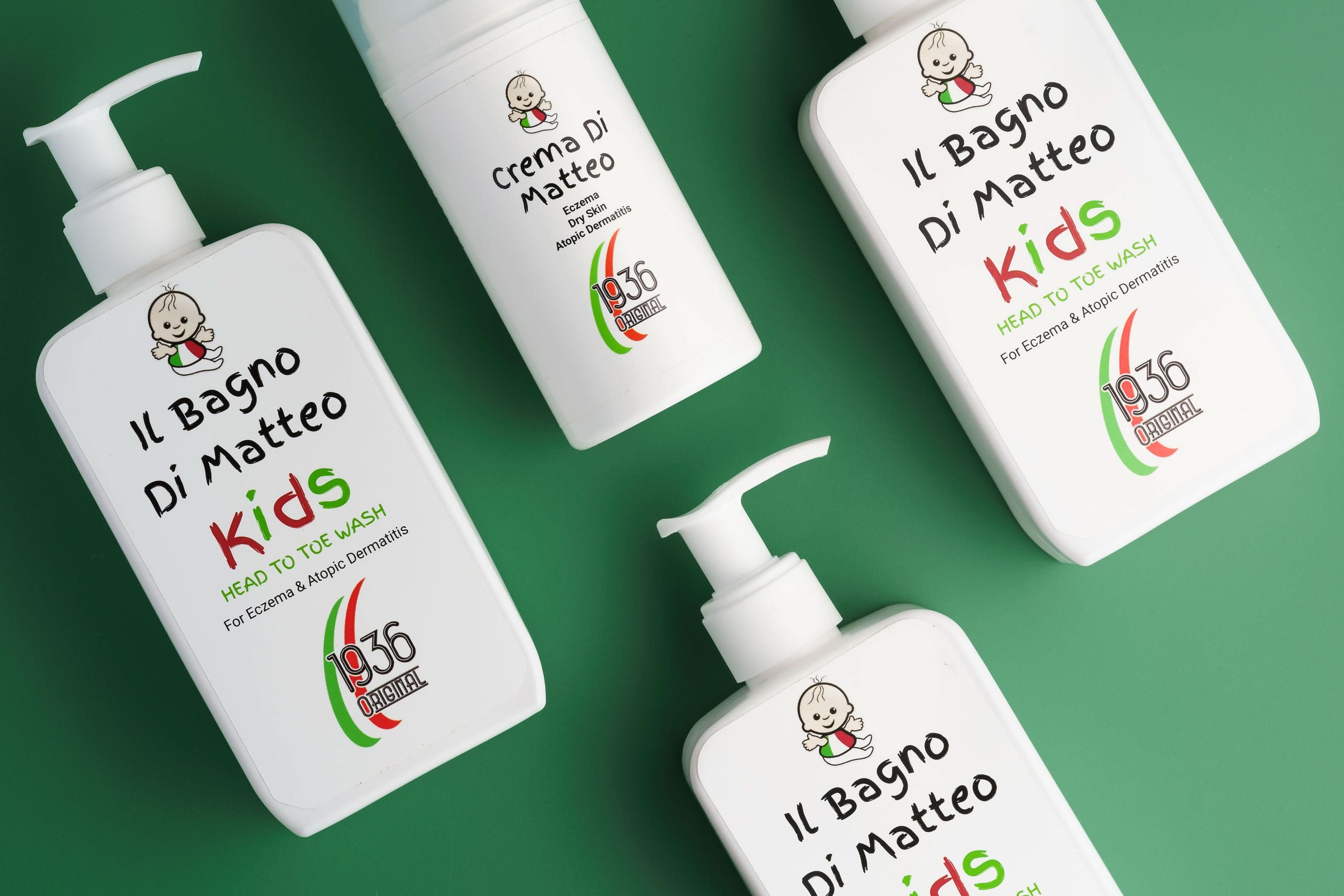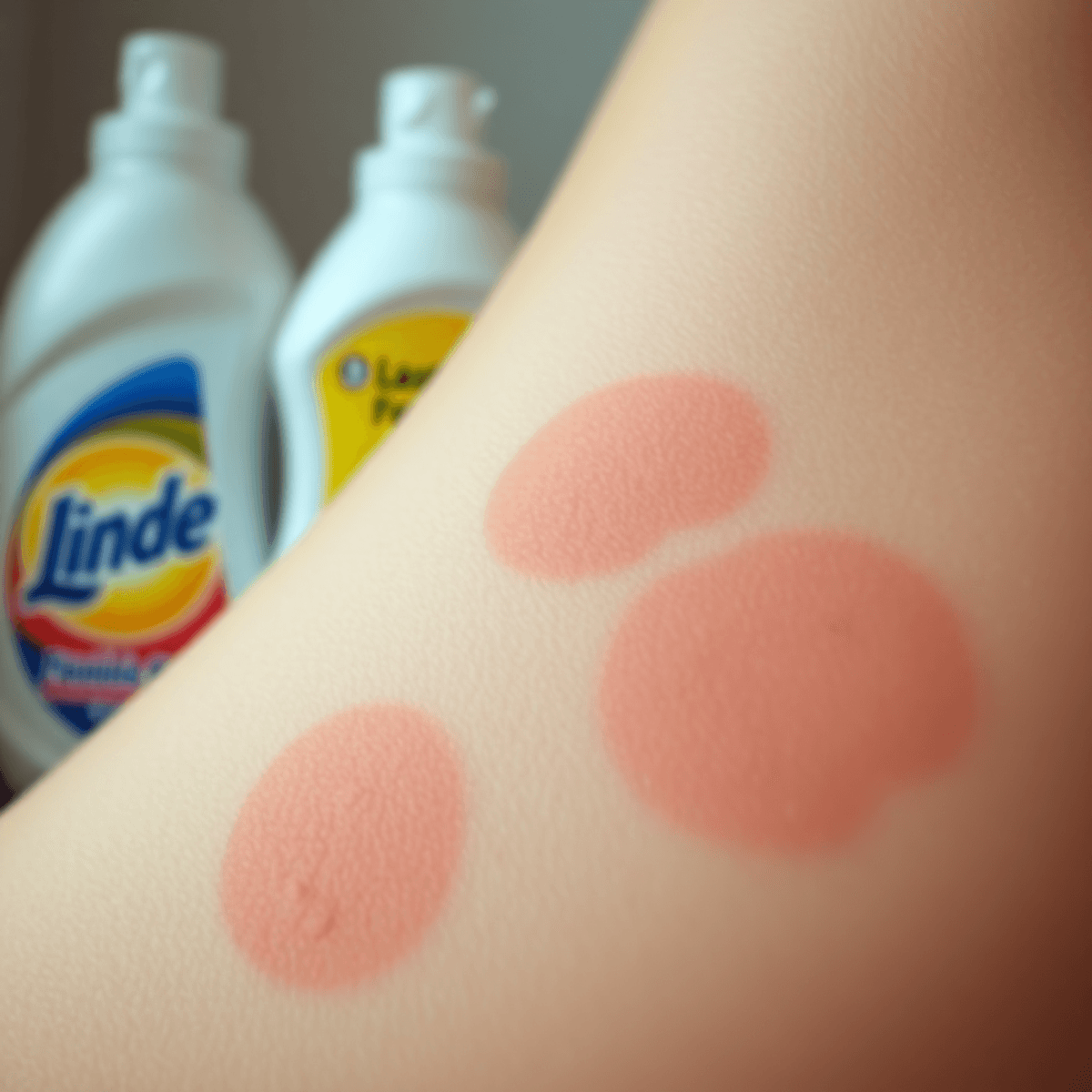Scrotal Eczema: Understanding the Symptoms and Effective Treatments

Introduction
Scrotal eczema is a type of dermatitis that specifically affects the sensitive skin of the scrotum. This condition can cause significant discomfort, impacting over 750 men worldwide. Symptoms such as itching, burning sensations, and discoloured, scaly skin can disrupt daily life and affect personal relationships. The condition is often linked to male infertility due to the overheating of testicles.
Recognising symptoms early is vital for managing scrotal eczema effectively. Seeking appropriate treatment can prevent complications and improve quality of life. Understanding the various aspects of this condition—symptoms, treatments, and causes—empowers individuals to take proactive steps towards better management. Through this article, you will gain insights into the nature of scrotal eczema, helping you make informed decisions about your health.
What is Scrotal Eczema?
Scrotal eczema, also known as scrotal dermatitis, is a specific form of dermatitis that affects the sensitive skin of the scrotum. This condition can cause considerable discomfort and distress due to its location and the symptoms it presents. The skin of the scrotum is particularly delicate, making it more susceptible to irritation and inflammation common with eczema.
Types of Scrotal Eczema:
- Atopic Dermatitis: This is perhaps the most prevalent type of scrotal eczema. It often manifests as red, itchy patches that might become chronic if not addressed appropriately. Individuals with a family history of allergies or asthma are typically more prone to developing atopic dermatitis. For relief from such conditions, using specialised products like eczema creams can be beneficial.
- Contact Dermatitis: This type results from direct contact with irritants or allergens, leading to an allergic reaction on the scrotum. Common triggers include certain soaps, detergents, personal lubricants, and latex condoms. Symptoms include itching and burning sensations.
- Seborrheic Dermatitis: Typically affecting oily areas of the skin, seborrheic dermatitis can involve hormonal changes and microbial factors such as yeast. When it affects the scrotum, it might cause redness, swelling, greasy flakes or scales. The condition can extend to other areas like the pubic region or buttocks.
Recognising these types helps in tailoring effective treatment strategies for each individual case. By understanding the nuances between them, you can take proactive steps towards alleviating symptoms and managing flare-ups effectively. For instance, using a gentle body wash designed specifically for eczema can help soothe irritated skin while maintaining hygiene.
Recognising the Symptoms
Identifying symptoms of scrotal eczema is crucial for timely intervention. Individuals often experience a range of symptoms that can vary in intensity and duration. Intense itching is one of the most common complaints, frequently accompanied by painful burning sensations. These sensations can be relentless, leading to constant discomfort.
Another key symptom is noticeable changes in skin appearance. The skin may become scaly or discoloured, often described as resembling "wash leather". This texture change can be distressing and affect self-esteem. In some cases, the skin may also appear red and swollen, indicating severe irritation.
Inflammation plays a significant role in worsening these symptoms. It contributes to the itch-scratch cycle, where scratching intensifies inflammation, further exacerbating the condition. This cycle not only aggravates physical discomfort but also impacts overall quality of life, potentially affecting sleep and daily activities.
Understanding these symptoms and their impact helps in recognising scrotal eczema early on. Early recognition allows for more effective management strategies, potentially reducing the severity and duration of flare-ups. Effective treatment can significantly improve comfort levels and quality of life, underscoring the importance of recognising these symptoms promptly.
Understanding the Causes
Knowing what causes scrotal eczema is important for managing and preventing it effectively. Several environmental factors play a significant role in causing or worsening this condition. Things like certain soaps, detergents, and fabrics can be particularly harmful, irritating the sensitive skin on the scrotum. These irritants can strip away natural oils, leading to dryness and making inflammation more likely.
Stress also has a major impact on scrotal eczema by triggering an itch-scratch cycle. When stress levels go up, people may unconsciously scratch the affected areas, making symptoms worse and creating a cycle that keeps going. Learning how to recognise and manage stress through relaxation techniques or counselling can be helpful in breaking this cycle.
Specific Triggers to Be Aware Of
Here are some specific triggers that individuals with scrotal eczema should be aware of:
- Allergic Contact Dermatitis: Personal lubricants or latex condoms can provoke allergic reactions, leading to scrotal eczema symptoms. Identifying these allergens is essential for preventing flare-ups.
- Sexually Transmitted Infections (STIs): Conditions such as genital herpes or syphilis may be mistaken for scrotal eczema due to similar symptoms like itching and redness. Accurate diagnosis by a healthcare professional ensures appropriate treatment.
- Fungal Infections: Moist intertriginous areas are prone to fungal infections, which can mimic or exacerbate scrotal eczema symptoms. Proper hygiene and antifungal treatments can address these infections effectively.
By recognising these specific triggers, individuals can adjust their personal care routines to avoid things that make their condition worse. This might involve switching to hypoallergenic products or using non-latex alternatives.
Understanding what causes scrotal eczema and what makes it worse is key to finding effective treatment strategies. With this knowledge, individuals can take steps towards relieving their symptoms and improving their quality of life.
Seeking Professional Help: Diagnosis Process
Consulting a qualified dermatology specialist is essential for effectively managing scrotal eczema. A professional assessment ensures an accurate diagnosis, which is crucial for developing a personalised treatment plan tailored to your specific needs.
What to Expect During the Diagnosis Process
During the diagnosis process, the dermatologist will conduct a thorough examination of your skin and might recommend tests such as:
- Patch testing to identify potential allergens causing contact dermatitis.
- Skin biopsy in rare cases to rule out other conditions with similar symptoms.
Understanding Different Types of Eczema
Recognising the precise type of eczema affecting the scrotum—be it atopic, contact, or seborrheic dermatitis—guides targeted interventions. An experienced specialist not only identifies the condition but also considers environmental and lifestyle factors that may exacerbate symptoms.
The Importance of Timely Treatment
Addressing scrotal eczema promptly with professional guidance can significantly improve quality of life by reducing discomfort and preventing complications, including potential impacts on fertility due to overheating of testicles.
Effective Treatment Options Available
Understanding Topical Treatments Better
Effective treatment for scrotal eczema often begins with topical medications designed to manage symptoms and improve quality of life. Recognising the sensitivity of the skin in this area is crucial when choosing appropriate treatments.
Corticosteroids
Corticosteroids are commonly prescribed to reduce inflammation in scrotal eczema. By suppressing the immune response, these medications alleviate redness and swelling, providing much-needed relief. However, the delicate nature of the scrotal skin demands caution. Strong corticosteroids should be avoided due to potential side effects like thinning of the skin, which can exacerbate issues or lead to further complications. Instead, mild to moderate corticosteroids are generally recommended for short-term use under medical supervision.
Emollients
Emollients play a significant role in soothing dryness and discomfort associated with scrotal eczema flare-ups. These moisturising agents help to restore the natural barrier function of the skin by locking in moisture and reducing water loss. Regular application of emollients can prevent irritation caused by friction and reduce itchiness, making them a cornerstone in managing this condition.
- Types of Emollients: Options range from ointments and creams to lotions, each providing varying levels of hydration. Ointments tend to be greasier but offer superior moisture retention, while creams and lotions are more comfortable for daily use.
Topical Immunomodulators
When conventional treatments fall short, topical immunomodulators such as tacrolimus may be considered. These medications work by modulating the immune system's activity without causing skin thinning, making them particularly useful for sensitive areas like the scrotum.
- Tacrolimus: Often used when corticosteroids are ineffective or unsuitable, tacrolimus provides an alternative that targets inflammation at a cellular level. It can be particularly beneficial for individuals with persistent or severe eczema who require long-term management strategies.
Exploring these topical treatments provides insight into how various medications can be utilised effectively while maintaining respect for the unique challenges presented by scrotal eczema. The aim is not only to alleviate symptoms but also to enhance overall skin health and prevent future flare-ups through tailored therapeutic approaches.
Exploring Advanced Treatment Options When Necessary
When it comes to treating scrotal eczema, especially in severe cases, advanced treatment options may become necessary. Phototherapy, or light therapy, offers a promising avenue for those who haven't found relief with traditional treatments. This method uses ultraviolet light to reduce inflammation and alleviate symptoms effectively.
Narrowband UVB therapy for targeted treatment
Narrowband UVB therapy stands out as a particularly effective form of phototherapy. It targets the overactive immune response responsible for eczema flare-ups and is a preferred choice due to its precision and minimal side effects compared to broadband UVB or UVA light therapies. Patients undergoing narrowband UVB therapy often experience significant improvements in their scrotal eczema symptoms.
Addressing secondary bacterial infections with antibiotics
In some cases, the presence of secondary bacterial infections alongside existing scrotal eczema conditions may require antibiotics. These infections can worsen symptoms and increase discomfort for patients. It's crucial to address these bacterial infections promptly with appropriate antibiotics to prevent further complications.
Integrating these advanced treatment options into your management plan could significantly enhance the effectiveness of your overall approach to managing scrotal eczema. Consulting with a dermatologist will help tailor these treatments to your specific needs while ensuring safety and efficacy.
Practical Tips For Managing Scrotal Eczema Day-to-Day
Maintaining good hygiene is crucial in managing scrotal eczema, as it helps prevent flare-ups and reduces discomfort. However, over-cleansing can strip the skin of its natural oils, worsening the condition. Use a nondetergent cleanser with warm water to gently wash the affected areas.
Avoiding known triggers is essential for those dealing with scrotal eczema. Tight clothing can cause friction, while sweating during hot weather conditions can exacerbate symptoms. Opt for loose, breathable fabrics to minimise irritation.
Persistent itchiness is a common challenge. Simple strategies such as using anti-itch products like calamine lotion can offer relief. Incorporating antihistamines into your bedtime routine may enhance sleep quality by reducing itchiness at night.
Consider these additional tips:
- Moisturise regularly: Apply a suitable emollient to keep the skin hydrated and reduce dryness. Explore the benefits of using all-natural ingredients with 1936 Originals line of high-quality eczema products.
- Stay cool: Keep your environment cool to avoid excessive sweating which could trigger symptoms.
- Identify personal triggers: Pay attention to any specific substances or activities that seem to worsen your condition.
Implementing these practical tips can significantly improve quality of life for individuals living with scrotal eczema by effectively managing symptoms and preventing flare-ups.
Conclusion: Taking Charge Of Your Scrotal Eczema Journey
Navigating the complexities of scrotal eczema can be a challenging experience, but recognising the importance of seeking professional help is crucial. A dermatologist can offer immediate symptom relief and develop long-term management strategies tailored to your needs. This personalised approach is vital for significantly enhancing your overall well-being and quality of life.
Understanding the array of treatment options for scrotal eczema empowers you to make informed decisions about your health. Whether it's through topical treatments, advanced therapies like phototherapy, or lifestyle adjustments to avoid triggers, there are effective solutions available today. These treatments not only address the physical symptoms but also help alleviate the emotional burden associated with this condition.
In addition to conventional treatments, exploring natural health options could be beneficial. Embracing a holistic approach towards health can provide significant relief and improve overall well-being. For instance, pain relief and management strategies that focus on natural remedies might help alleviate some discomfort associated with scrotal eczema.
With a proper understanding of scrotal eczema: treatments, symptoms, and causes, individuals can lead fulfilling lives free from its burdensome effects. It's about taking charge of your health journey, knowing that with the right support and resources, including effective pain relief products and natural health strategies, you can manage this condition effectively.
FAQs
What is scrotal eczema?
Scrotal eczema, also known as scrotal dermatitis, is a specific type of dermatitis that affects the scrotum. It is characterised by inflammation, redness, and irritation in this sensitive area.
What are the common symptoms of scrotal eczema?
Common symptoms of scrotal eczema include itching, redness, dryness, flaking skin, and sometimes oozing or crusting. Recognising these symptoms is crucial for timely treatment.
What causes scrotal eczema?
The causes of scrotal eczema can vary widely and include factors such as allergens, irritants, moisture, heat, and underlying skin conditions. Understanding these triggers is important for effective management.
What treatments are available for scrotal eczema?
Effective treatment options for scrotal eczema often include topical treatments such as corticosteroids to reduce inflammation, emollients to soothe dryness, and topical immunomodulators for more severe cases. In some instances, advanced treatments like narrowband UVB therapy may be considered.
How can I manage scrotal eczema on a day-to-day basis?
Managing scrotal eczema involves maintaining good hygiene, avoiding known triggers, using prescribed topical treatments regularly, and keeping the affected area moisturised. Following these practical tips can help alleviate symptoms.
When should I seek professional help for scrotal eczema?
It is essential to consult a qualified dermatology specialist if you suspect you have scrotal eczema or if your symptoms persist despite self-care measures. A dermatologist can provide an accurate diagnosis and recommend appropriate treatment options.


